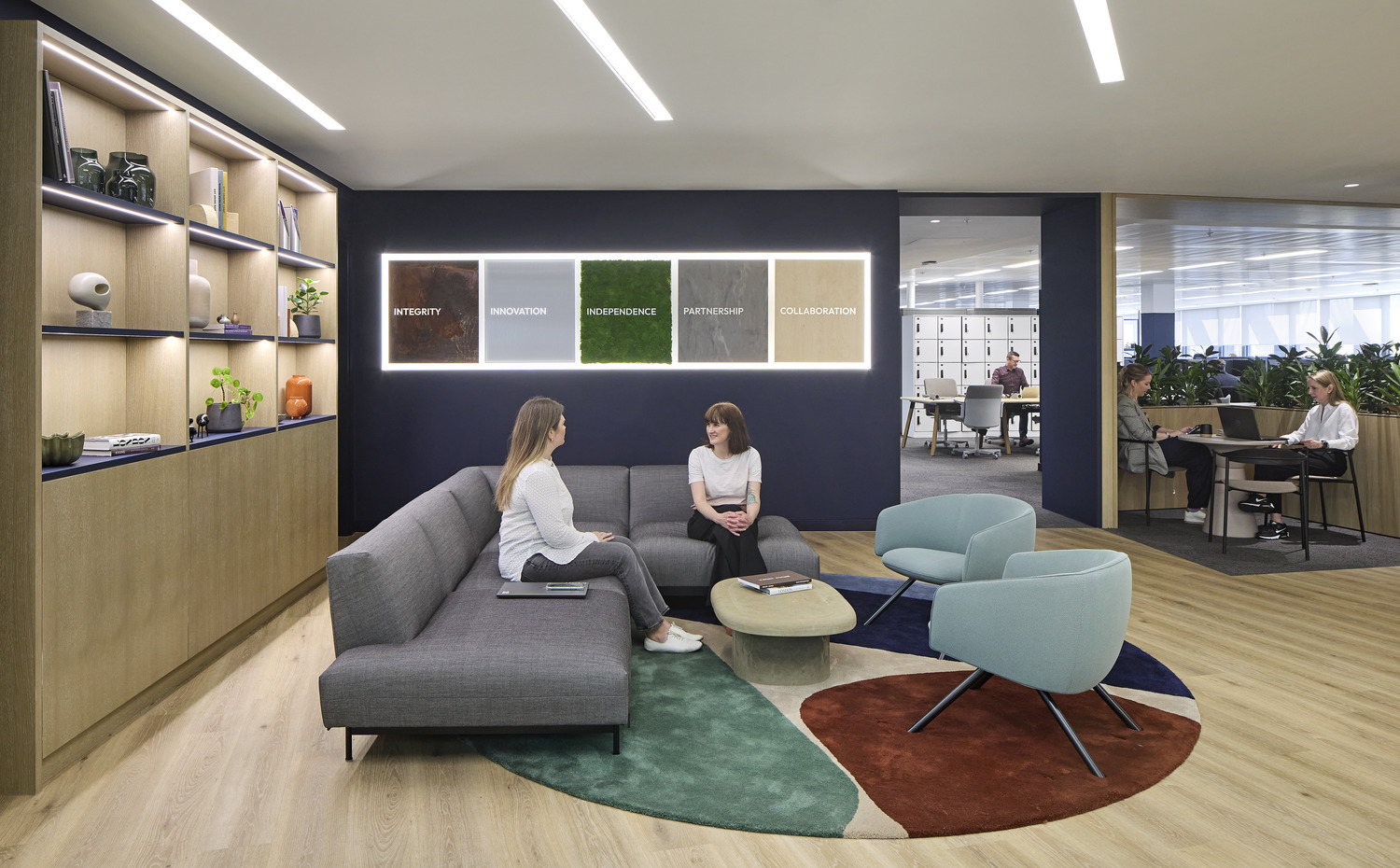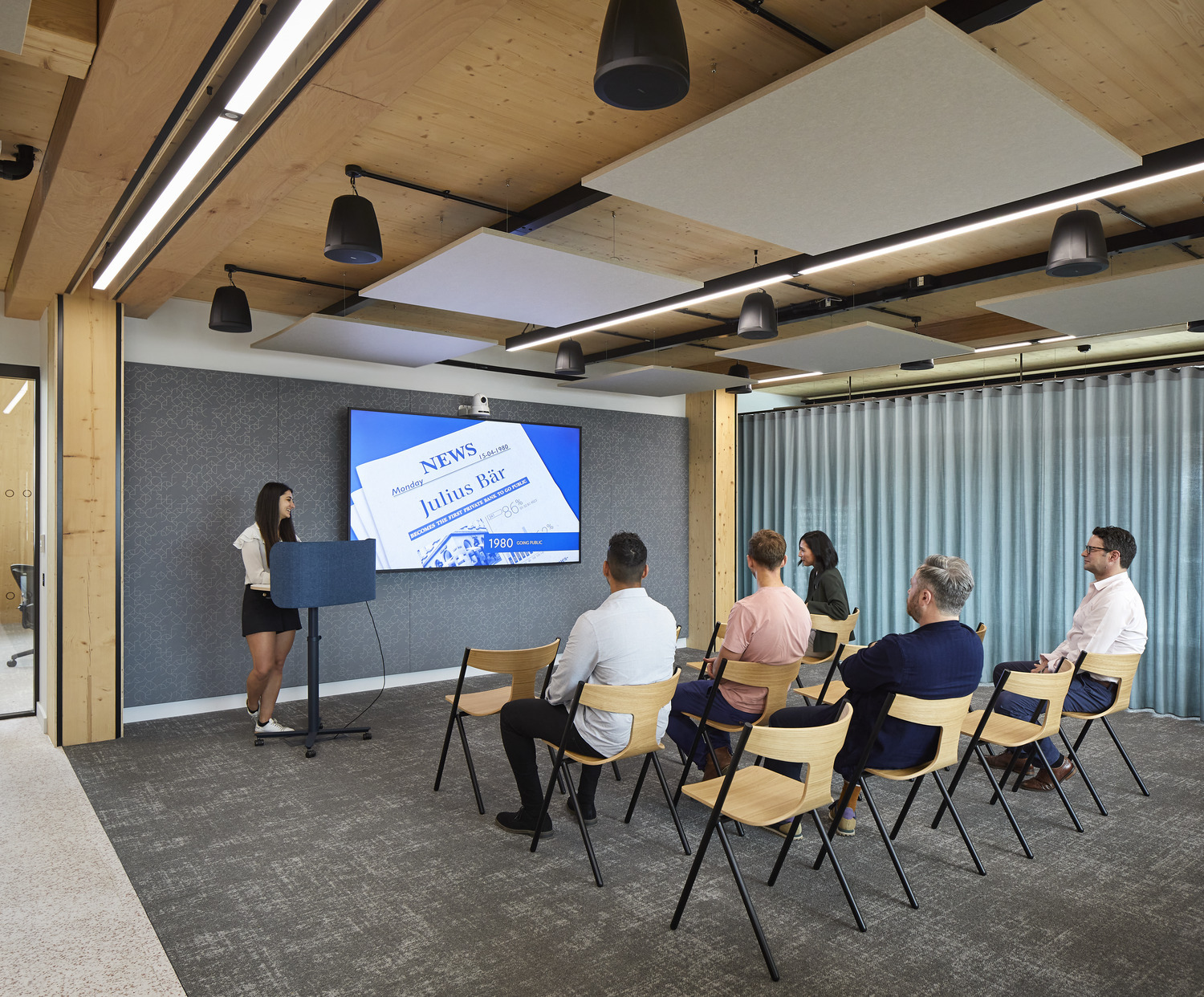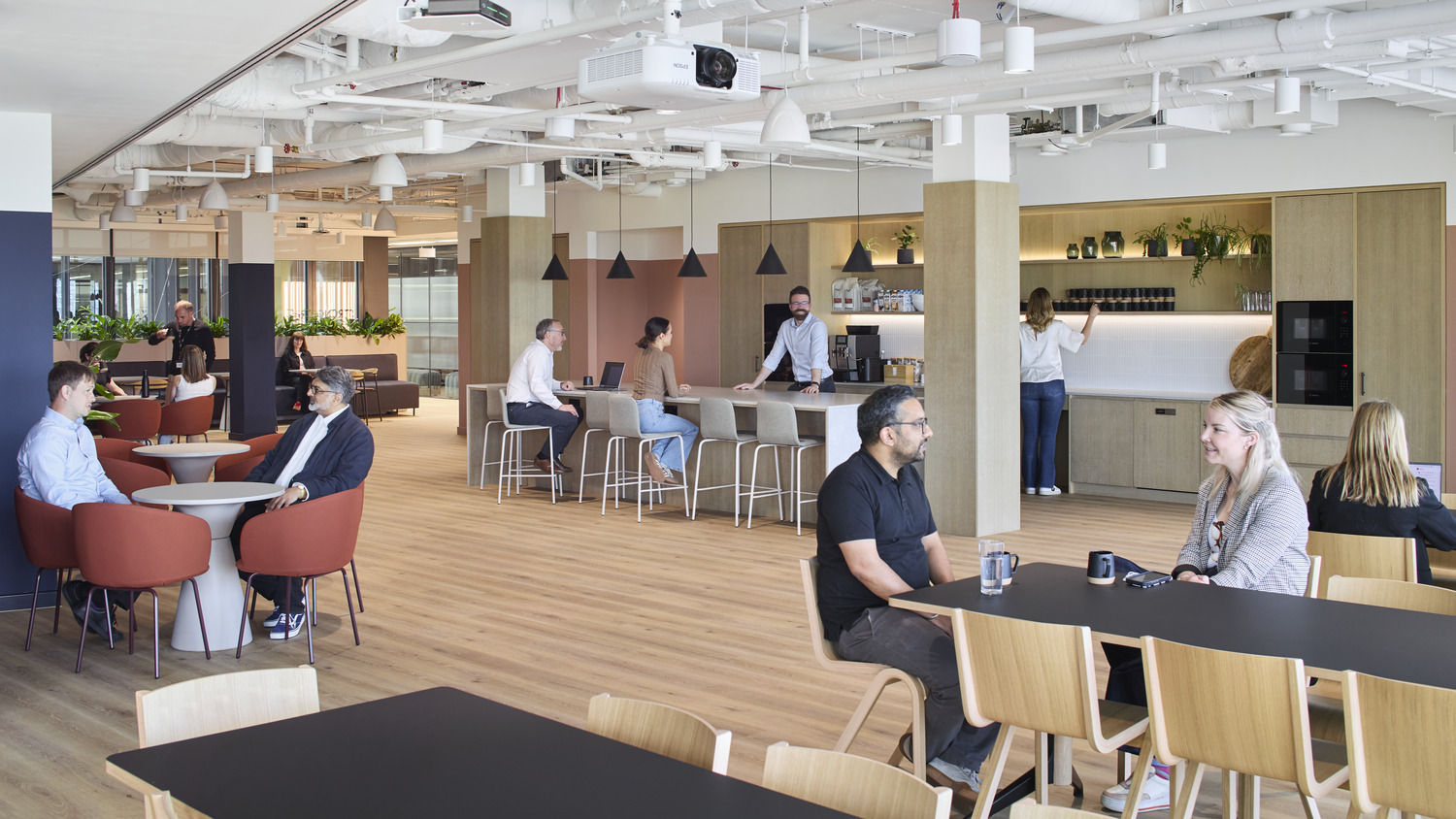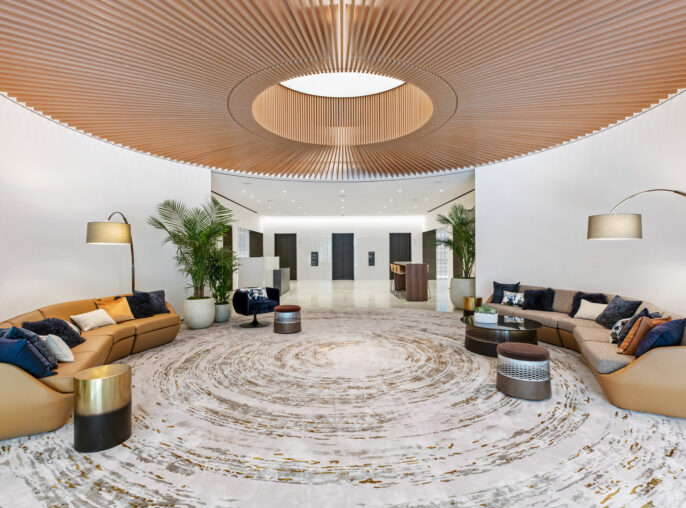Event
Unlocking High-Performance Workplaces: Five Strategies from the London Financial Sector Roundtable

What truly enables people to perform at their best in the workplace? In a recent roundtable hosted by our London team, real estate professionals from the financial sector came together to explore this question. The conversation spanned mindset, culture, design, and leadership—uncovering practical ways to create environments where employees can thrive.
Here, we break down five key insights from the discussion:
1 – The 3 Ps for High Performance
The session opened with a compelling framework introduced by Andy Wilkins: Positive, Present, and Process. These three Ps were identified as foundational to individual and organisational high performance.
- Positive: A positive mindset—marked by motivation, focus, and confidence—was seen as crucial. Referencing psychologist Mihaly Csikszentmihalyi’s concept of “flow”, participants discussed how positivity unlocks deeper engagement. The analogy of Emma Raducanu’s US Open win illustrated the power of staying in the moment, free from distractions or pressure.
- Present: Being fully engaged in the moment allows individuals to notice detail, collaborate effectively, and reduce stress. Examples from sport, such as penalty takers pausing before a kick, showed how simple rituals can help refocus and ground performance.
- Process: Rather than chasing outcomes, high performers focus on the steps that get them there. A light-hearted but insightful team exercise demonstrated how creative thinking around process can deliver smarter and faster results.
Together, the 3 Ps offer a useful mental model for organisations aiming to unlock their people’s full potential.

2 – Building Trust and a Positive Culture
Trust emerged as a vital ingredient for performance, retention, and wellbeing. Yet with only 23% of employees globally feeling engaged (according to Gallup), it’s clear there’s work to be done.
Participants discussed how culture is the foundation upon which high-performing teams are built. Creating an atmosphere of psychological safety enables employees to try new things, speak up, and feel valued. While amenities like wellness rooms may support wellbeing, they are not substitutes for genuine trust and positive team dynamics.
The consensus? Culture shapes the workplace—not the other way around.
3 – The Role of Leadership in Developing Company Culture
The group reflected on how leadership defines cultural tone and team cohesion. Strong, values-driven leadership not only boosts performance but also ensures workplaces remain inclusive and resilient.
Key takeaways included:
- No tolerance for toxic behaviour—regardless of talent or seniority.
- Emphasis on team success over individual stardom. Losing a key “star” can disrupt progress far more than people realise.
- Drawing inspiration from sport, we explored models like the All Blacks’ mantra: “Better people make better All Blacks,” and the PRIDE framework (Poise, Resilience, Intensity, Design, Enjoyment) used by GB American Football.
Effective leadership was described not simply as top-down direction, but as a commitment to shared purpose and clear values.

4 – Vibrancy Metrics
How do we measure whether a workplace is truly “working”? Traditional metrics such as occupancy are no longer sufficient.
Instead, vibrancy was framed as a more holistic mix of energy, inclusion, and intention. The ideal occupancy “sweet spot” was suggested to be between 50–70%, balancing activity with comfort.
Challenges specific to the finance sector—such as compliance requirements—were acknowledged, but participants suggested informal spaces like cafés could still support connection and energy. It was also noted that neurodiverse employees may require quieter, more controlled environments—highlighting the need for diverse spaces that can flex around individual needs.
Ultimately, the office must now earn the commute, offering a compelling reason to leave the comforts of home.

5 – Space Planning & Efficiency
Rather than simply reducing square footage, today’s workplace strategies are increasingly focused on using space more intelligently.
Key insights included:
- Closing off floors might not always save costs, but can increase vibrancy by consolidating energy into shared zones.
- There is a clear shift away from hierarchical space planning. Dynamic, equitable layouts that remove barriers between “fee earners” and other staff were seen as more conducive to innovation.
- Looking forward, AI and smart building technologies were discussed as potential tools to optimise workspace use—helping match people to the right environments based on needs, schedules, and tasks.
Smart planning, backed by data and driven by empathy, is key to creating responsive, resilient workplaces.
Final Thoughts
The roundtable reinforced that unlocking high performance requires more than just clever design or smart tech. It begins with mindset, is supported by trust and values, and is amplified by thoughtful leadership and responsive environments.
As architects and designers, our role is not to impose culture but to support it—helping businesses identify what makes them unique and shaping spaces that bring that to life. By aligning physical design with purpose and people, we can create workplaces where individuals don’t just show up—but truly thrive.
Bronte Turner is a Senior Principal at HLW’s London office, where she oversees a diverse portfolio that includes commercial, residential, and retail projects in addition to HLW’s four specialty studios. With notable clients such as Google, Amazon, and Wix under her belt, Bronte is renowned for her passion, design expertise, and business insight. She creates a vibrant work culture, leading a team dedicated to achieving excellence. Bronte’s leadership has been instrumental in HLW’s growth across the EMEA region, with significant projects in cities like Paris, London, and Berlin. Additionally, she manages HLW’s Specialty Studios: Ark, BEYOND, brandx, and Spark, further showcasing her versatile leadership skills.
Pendrick Brown is a Principal, Legal Sector Leader, and the Managing Director of HLW’s London office. With more than 20 years of experience, Pendrick brings a wealth of knowledge to the London office. His work with both UK-based and international law firms has equipped him with a comprehensive grasp of the distinct dynamics necessary for the successful execution of these projects. In addition to legal sector work, Pendrick manages a sweeping portfolio in the developer and landlord, technology and financial sectors. Pendrick plays a pivotal role in guiding project teams to grasp the key objectives and priorities of landlords and developers. He ensures these priorities are seamlessly integrated with the project’s commercial and aesthetic design requirements, achieving a balance that meets both practical and visual standards.


